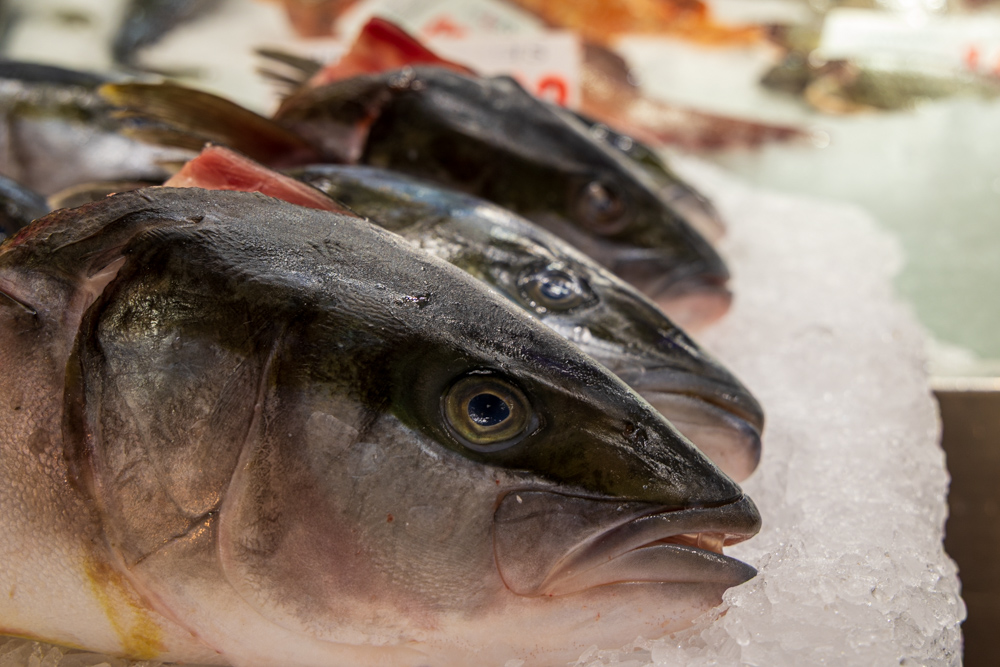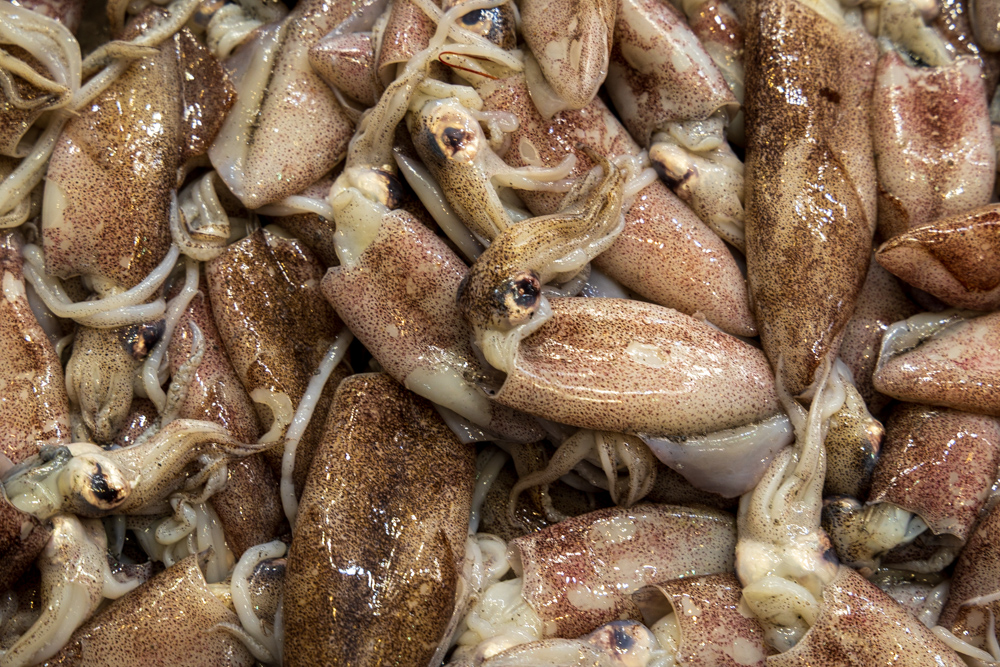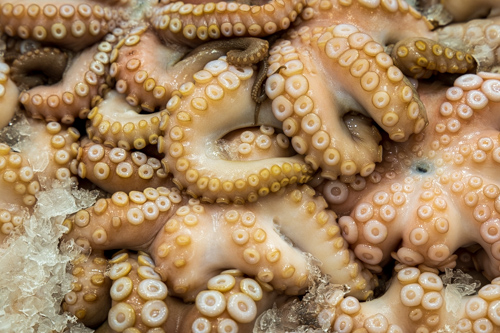Monday, 17 February 2025 - Today we schedule a history of Sydney with a local teacher turned guide. It is a
walking tour, so we
easily reach our step goals before the tour is over.
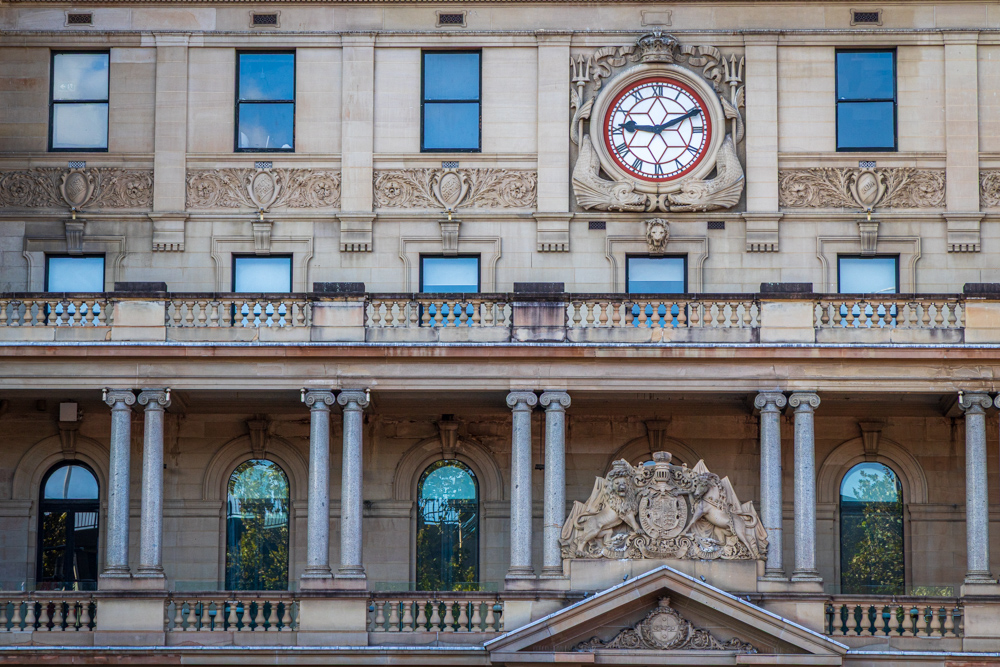
The first Customs house in Sydney was built in 1800. Its location is presumed to be at or near the spot of the landing and official flag raising on the arrival of the First Fleet in 1788. This event marked the foundation of New South Wales.
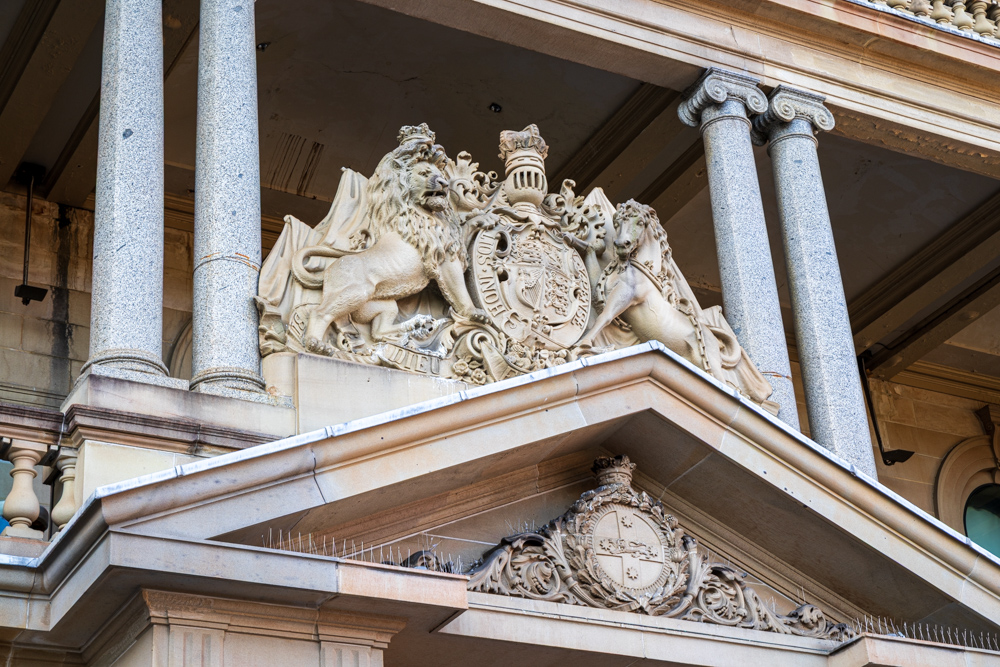
Royal arms of the British monarch. The coat features the motto of English monarchs, "God and my right," and the motto of the Order of the Garter, "shamed be whoever thinks ill of it."
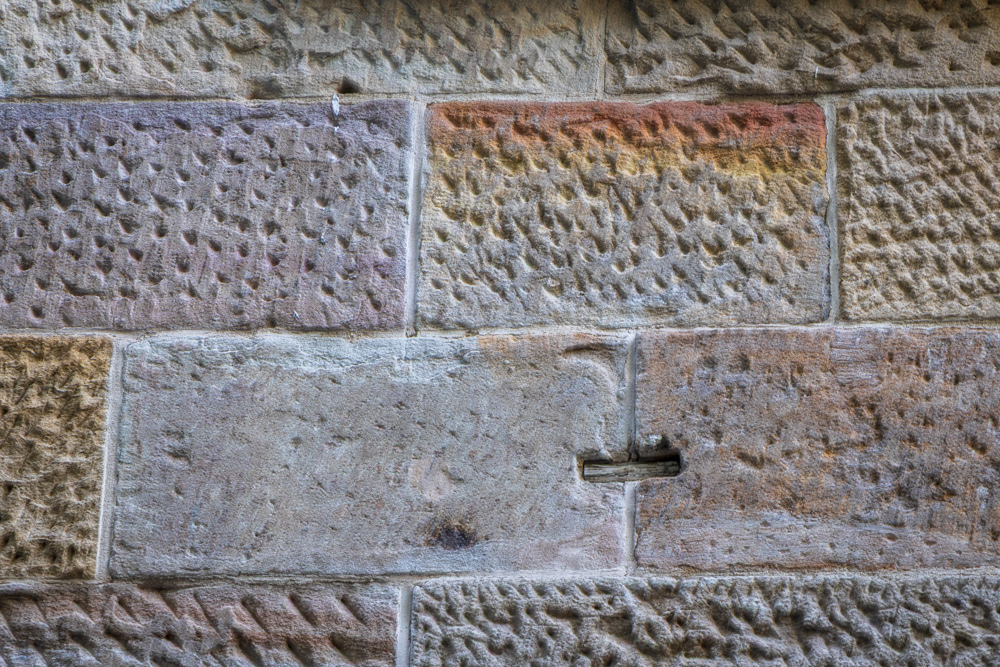
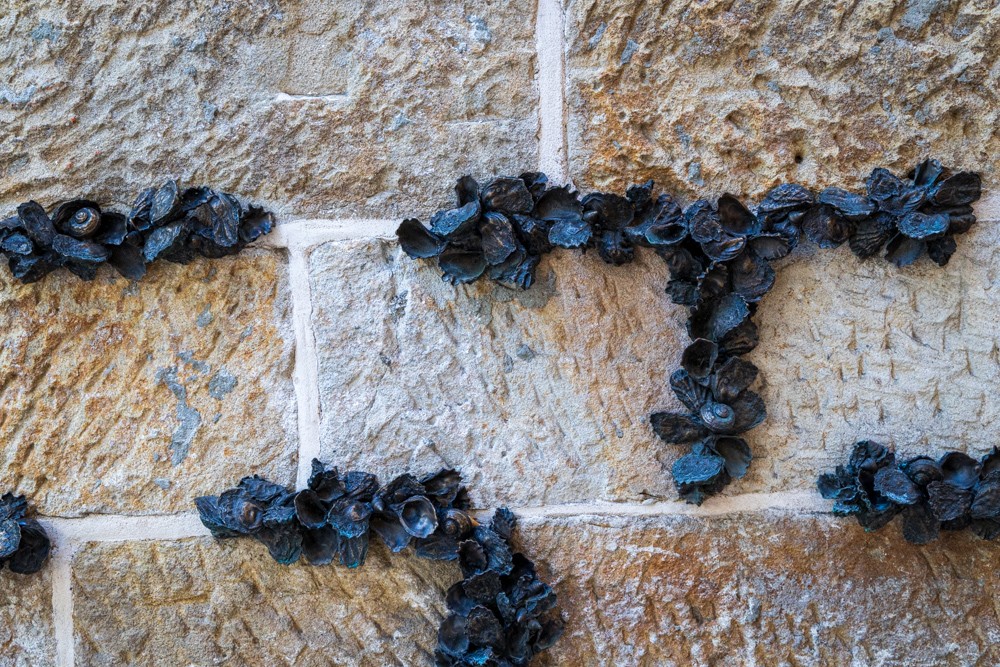
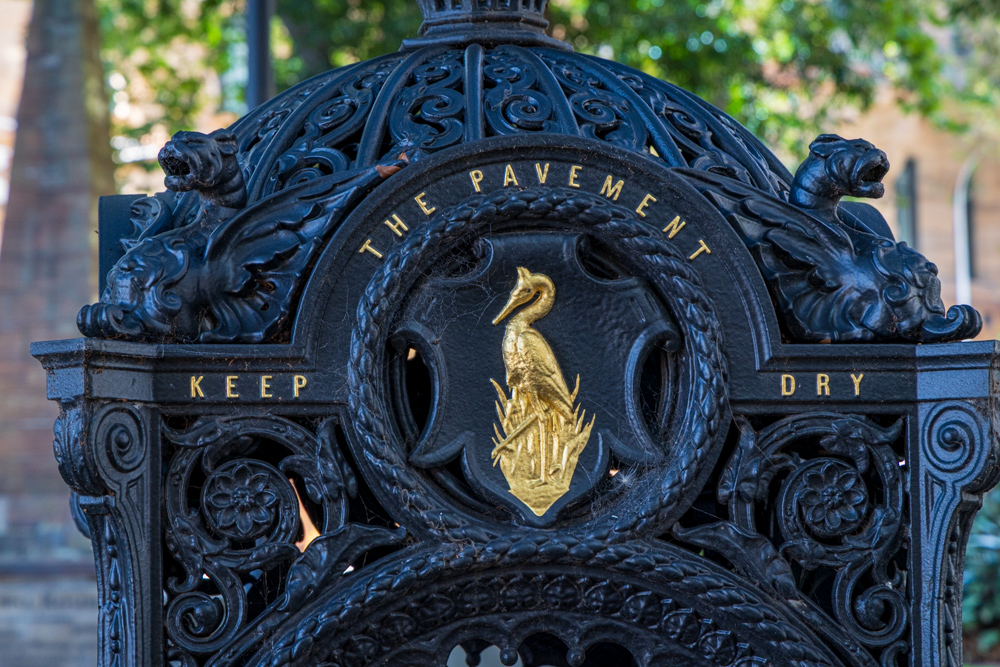
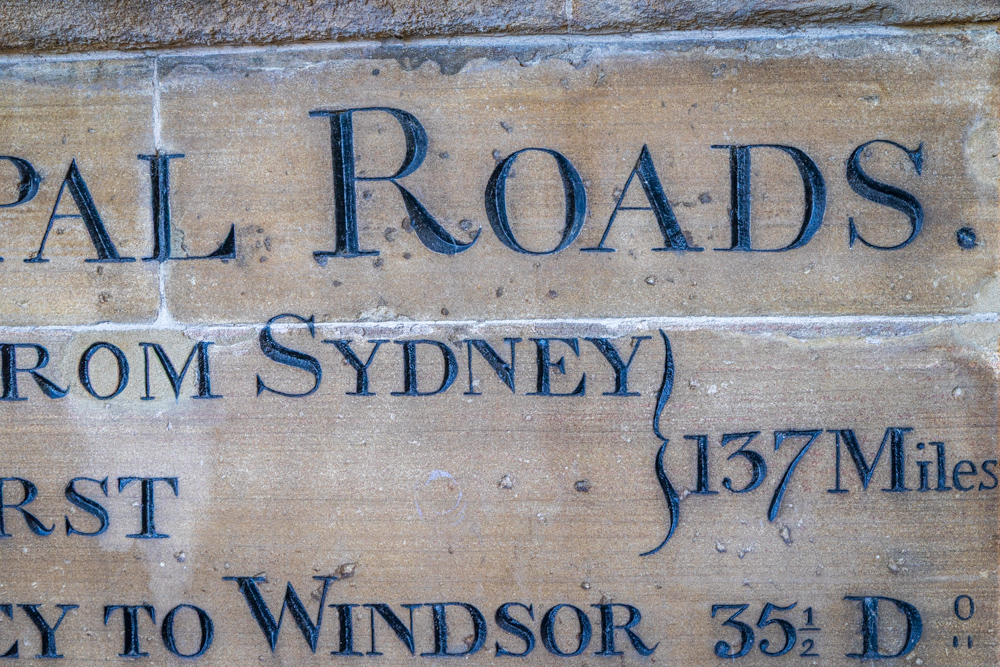
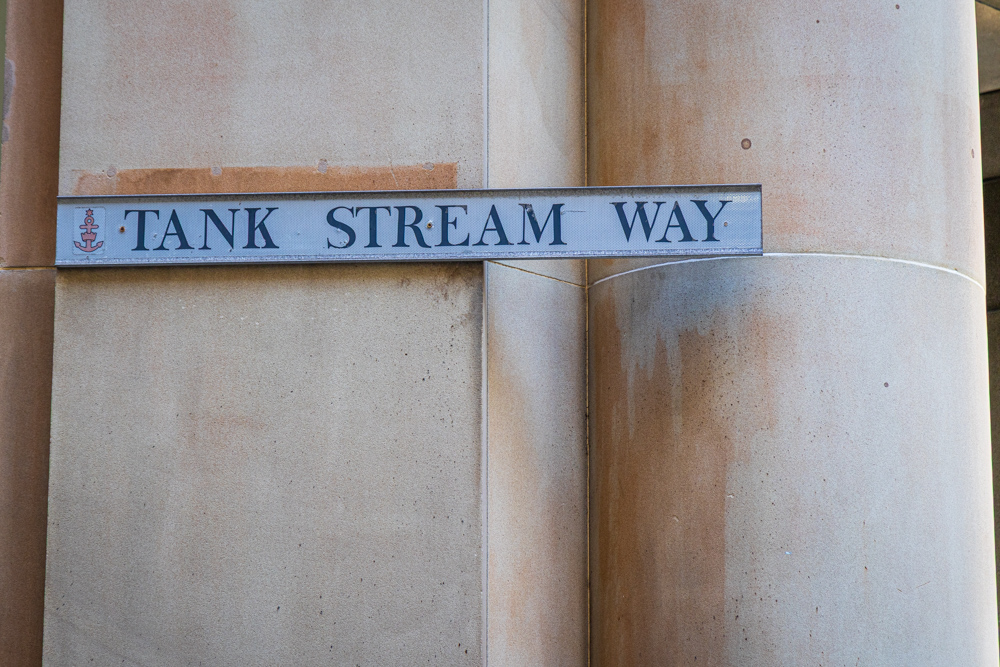
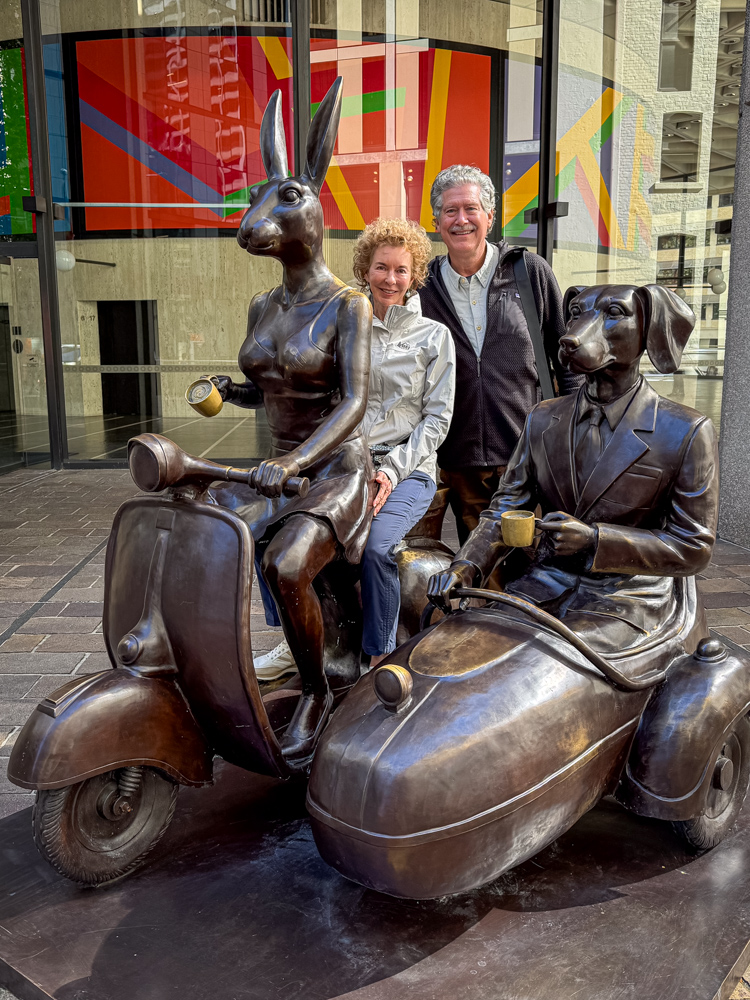
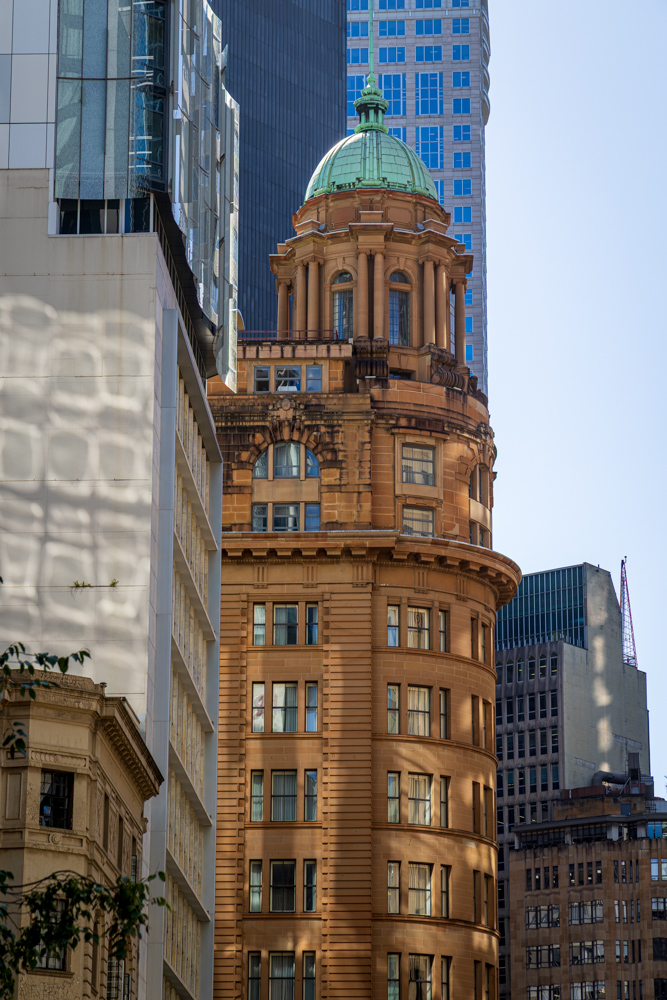
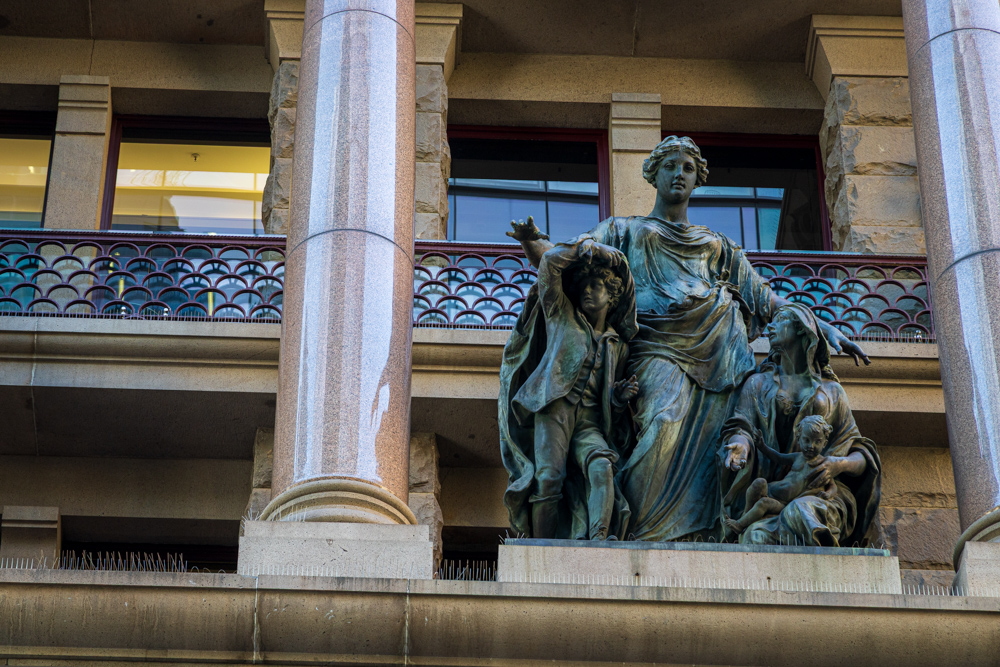
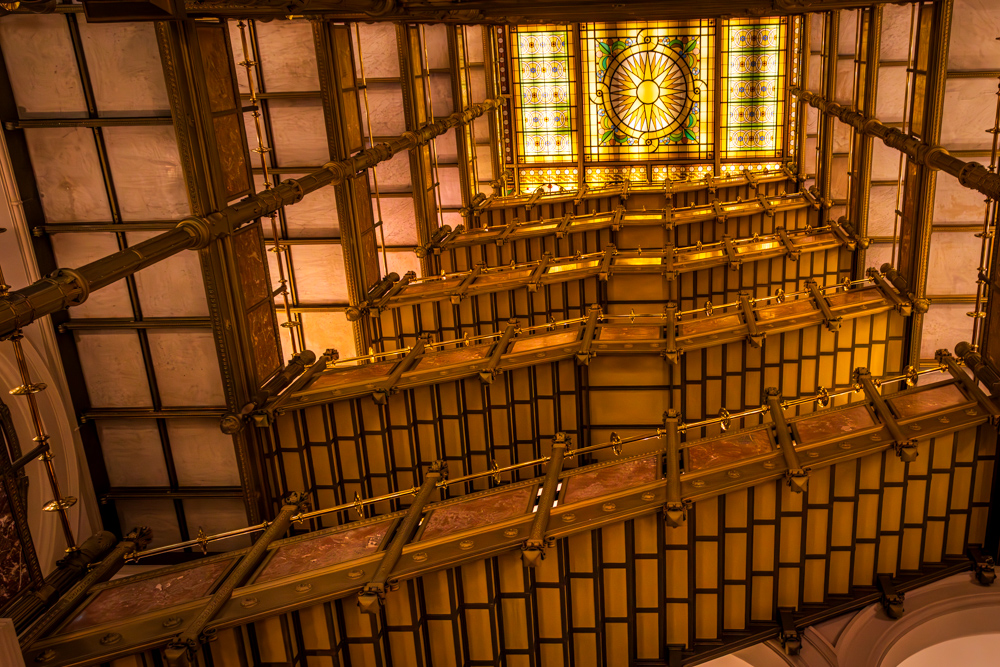
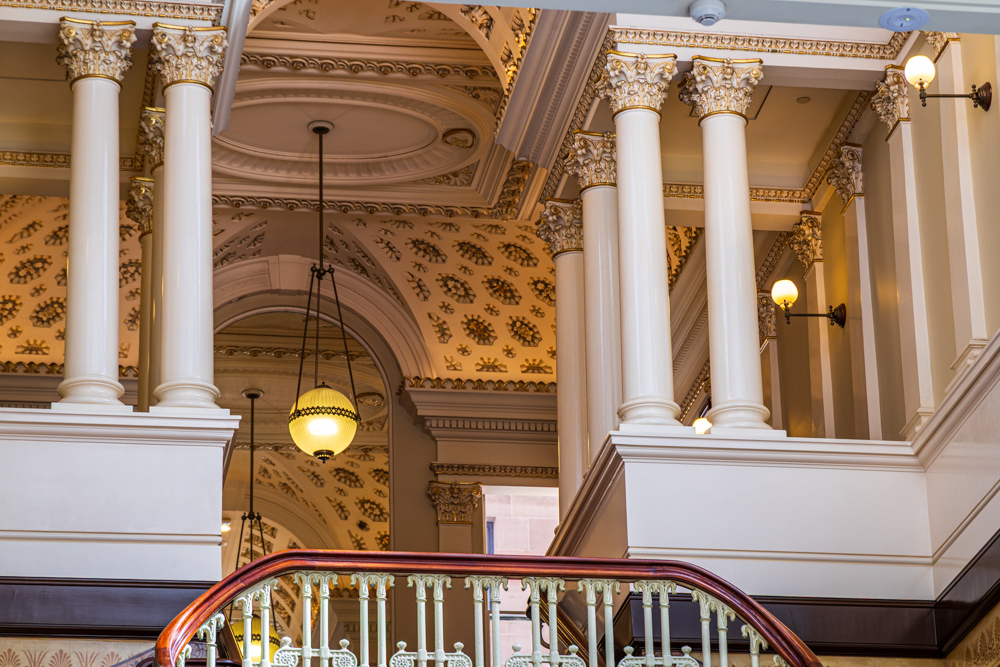
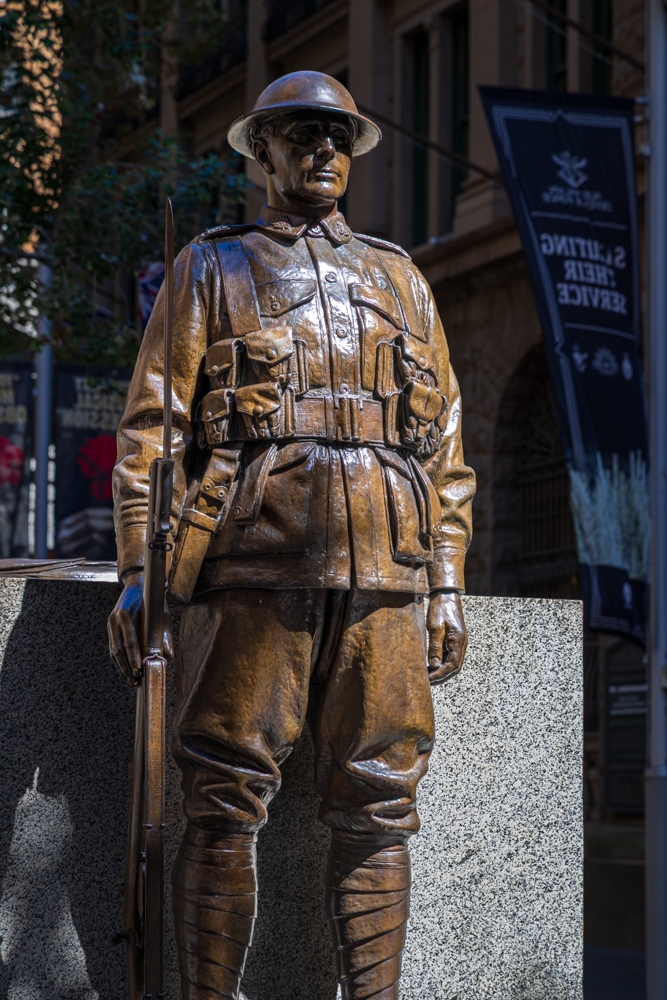
The Location for the memorial was chosen as it was the gathering place in the early 1900s and the recruiting center for volunteers in the First World War.
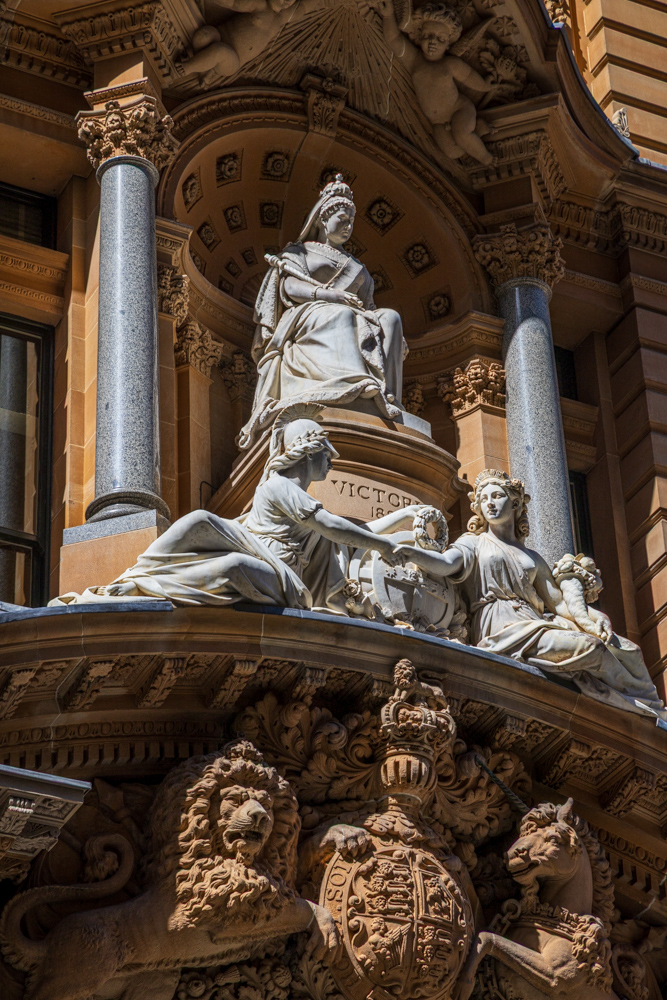
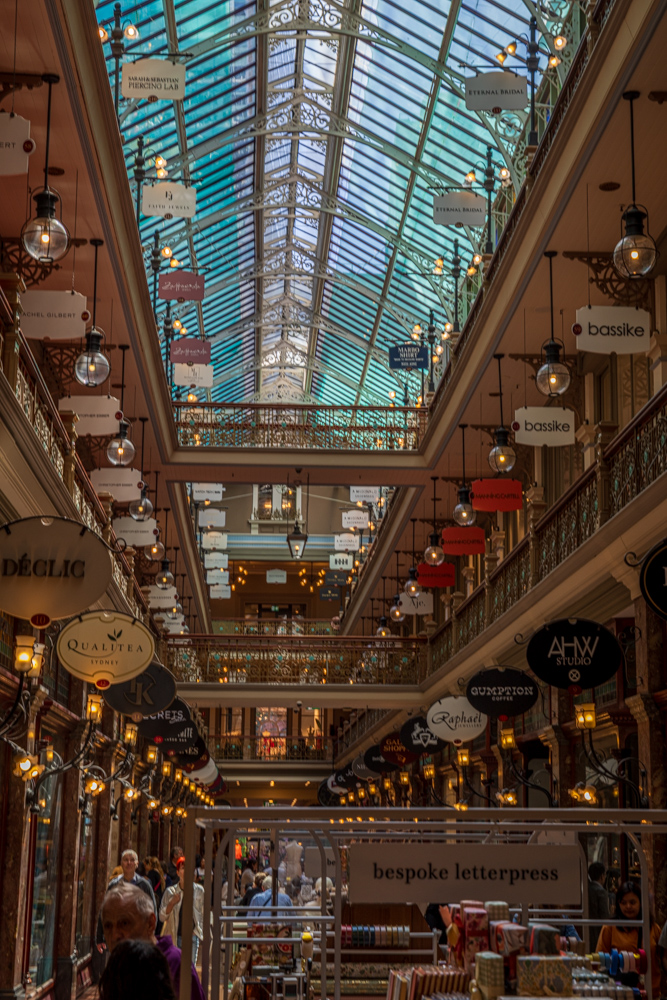
Three stories of shops with a beautiful skylight.
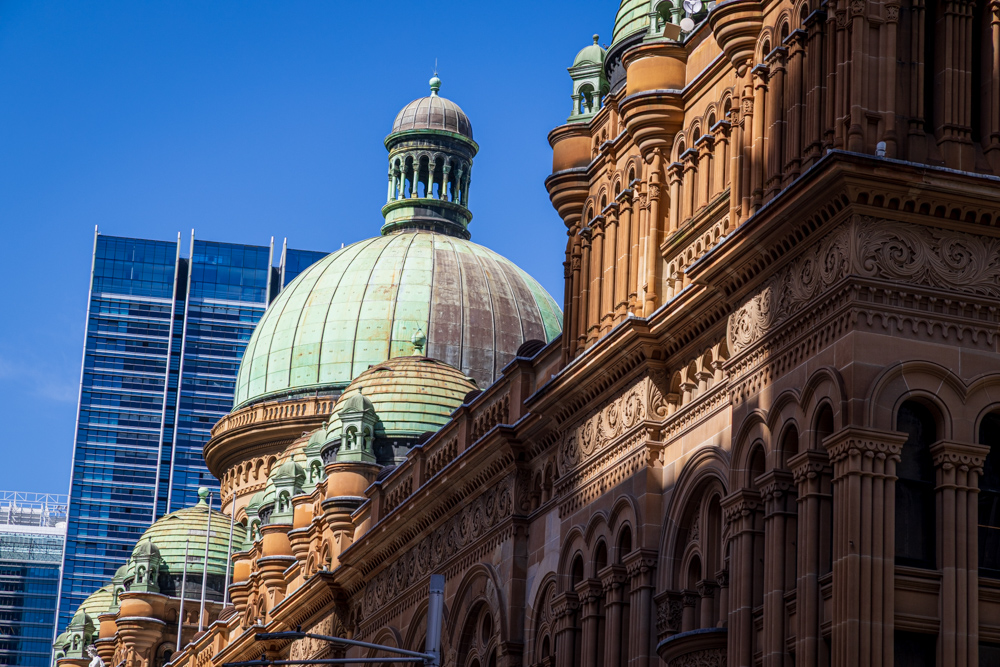
Designed as a marketplace, it was used for a variety of other purposes, underwent remodeling, and suffered decay until its restoration and return to its original use as a marketplace in the late twentieth century.
This is the Grand Central Dome, which is accompanied by 20 other smaller domes.
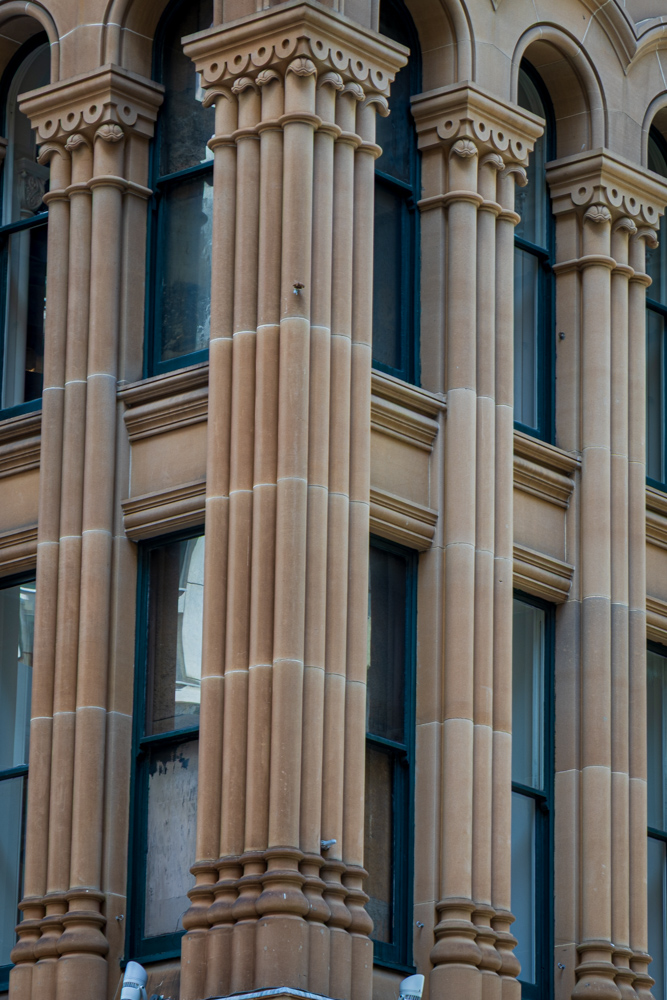
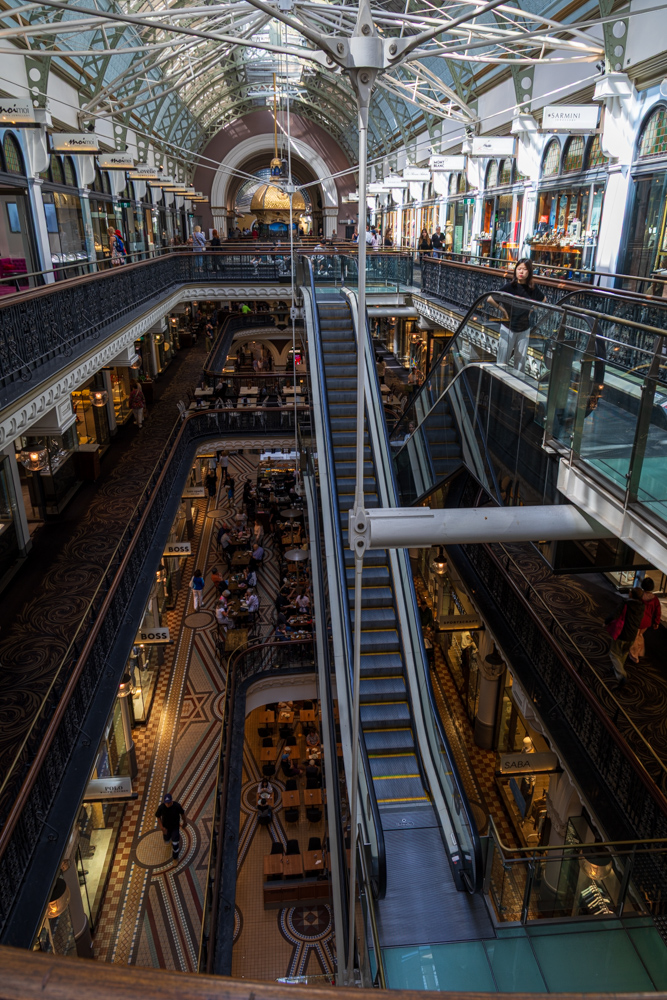
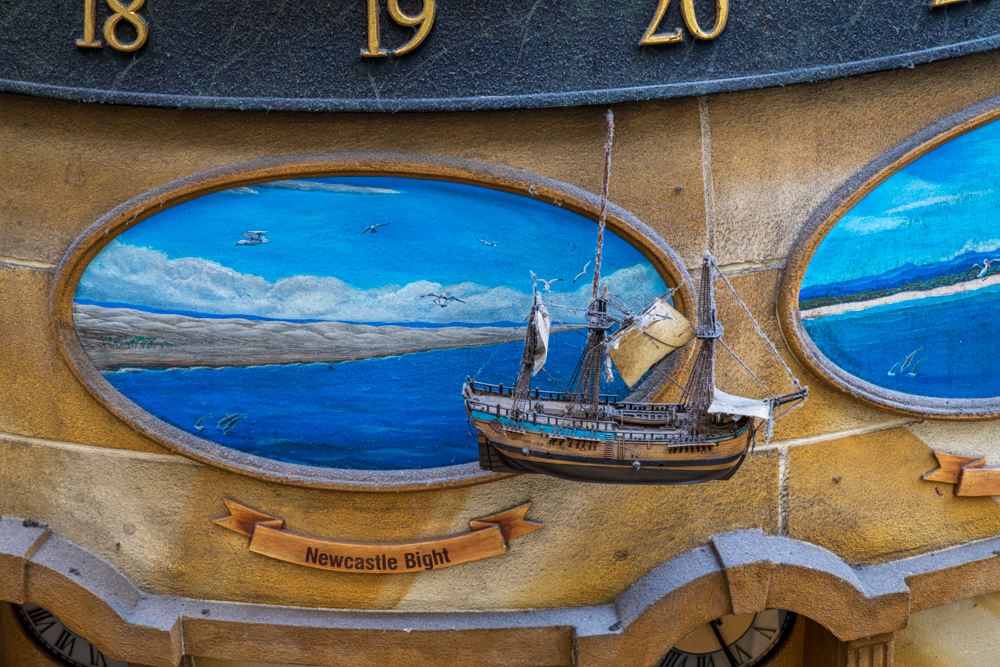
This is a small ship that travels around the clock with its time movement.
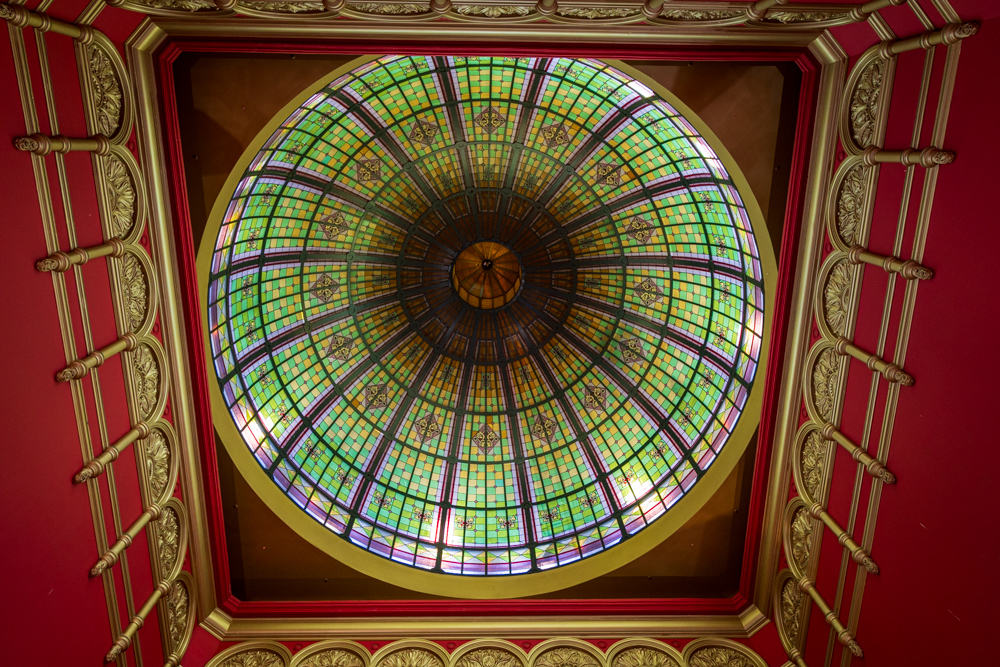
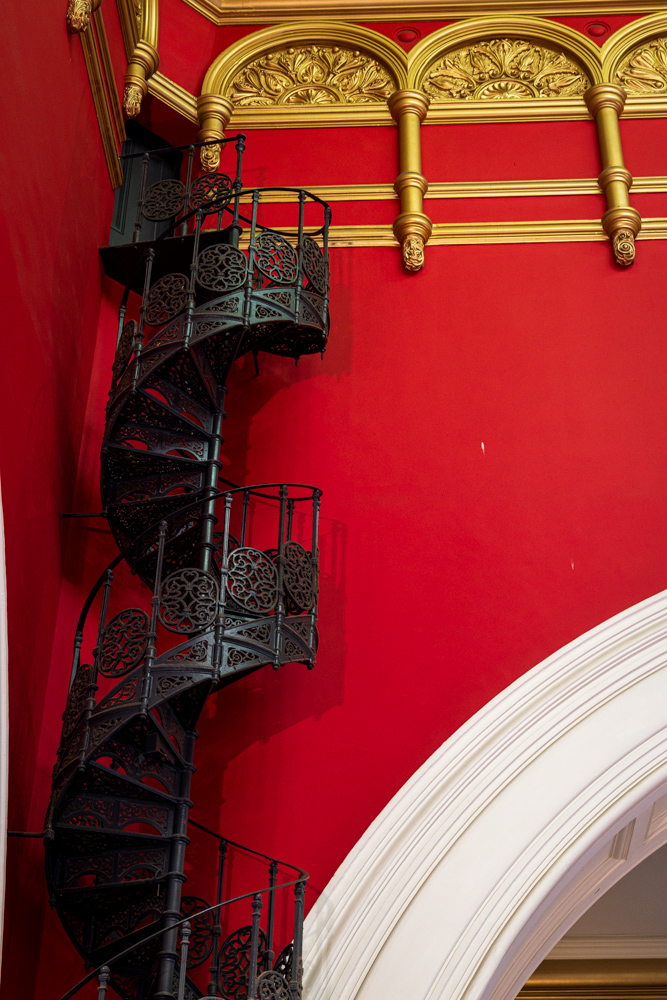
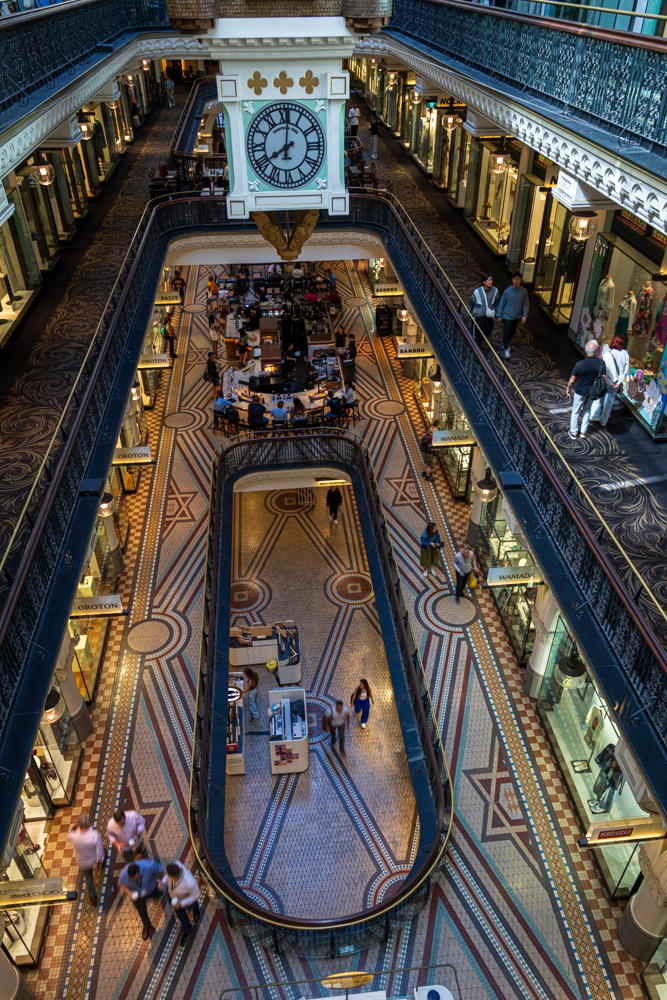
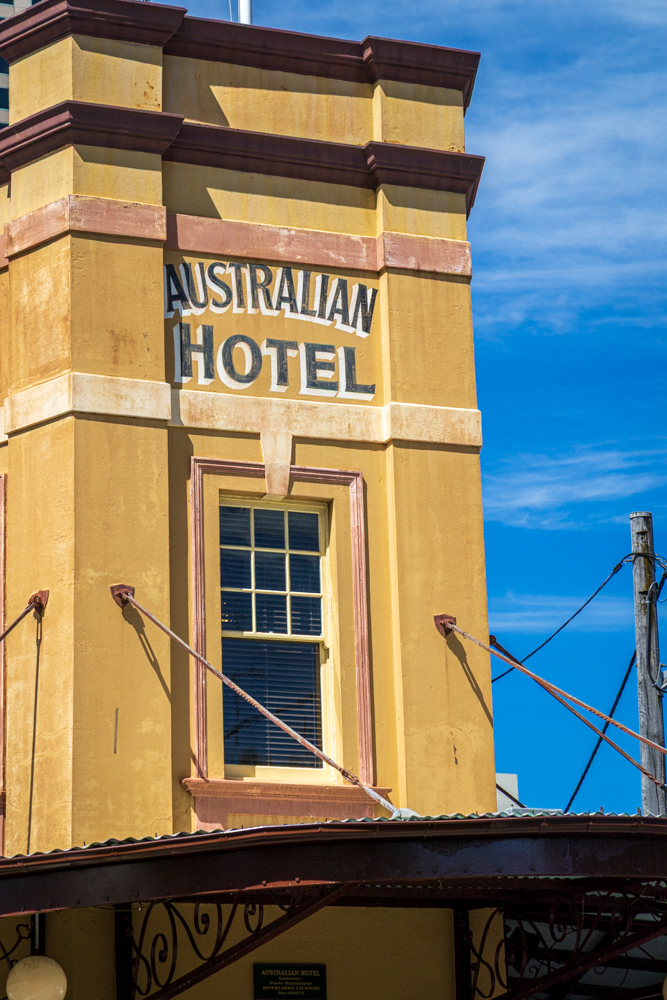
In Australia, many pubs are called "hotels" because historically, due to liquor licensing laws, pubs were required to provide accommodation to customers, essentially functioning as a combination of a pub and a hotel; even though this requirement no longer exists, the naming convention remains, so most pubs still use the "hotel" title in their name.
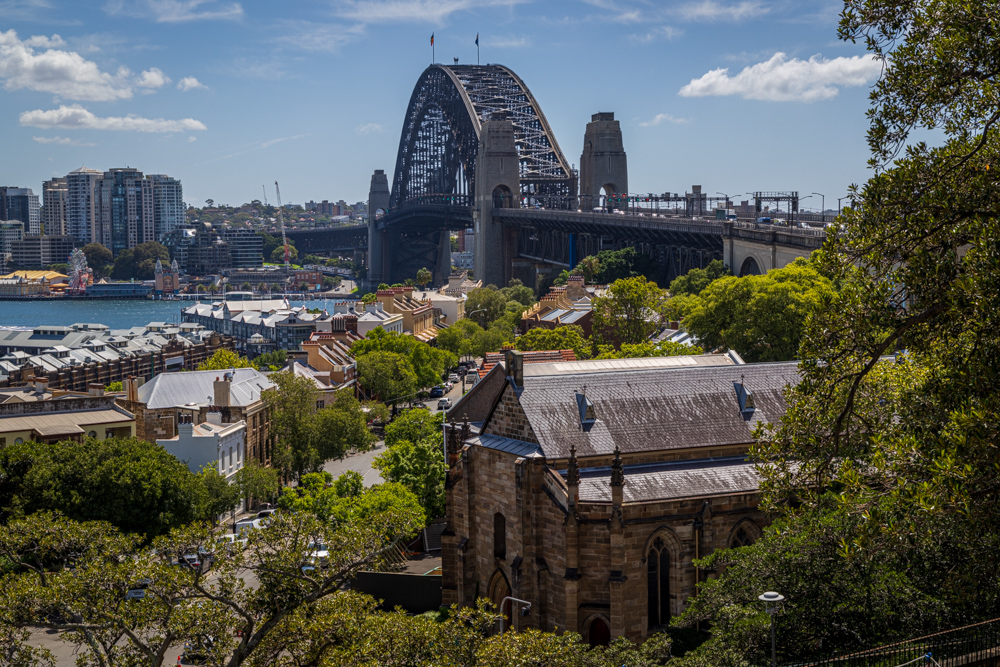
We are in "the Rocks" which is the oldest part of Sydney.
The hill's history dates back to 1796, when it was the site of the first windmill in the colony.
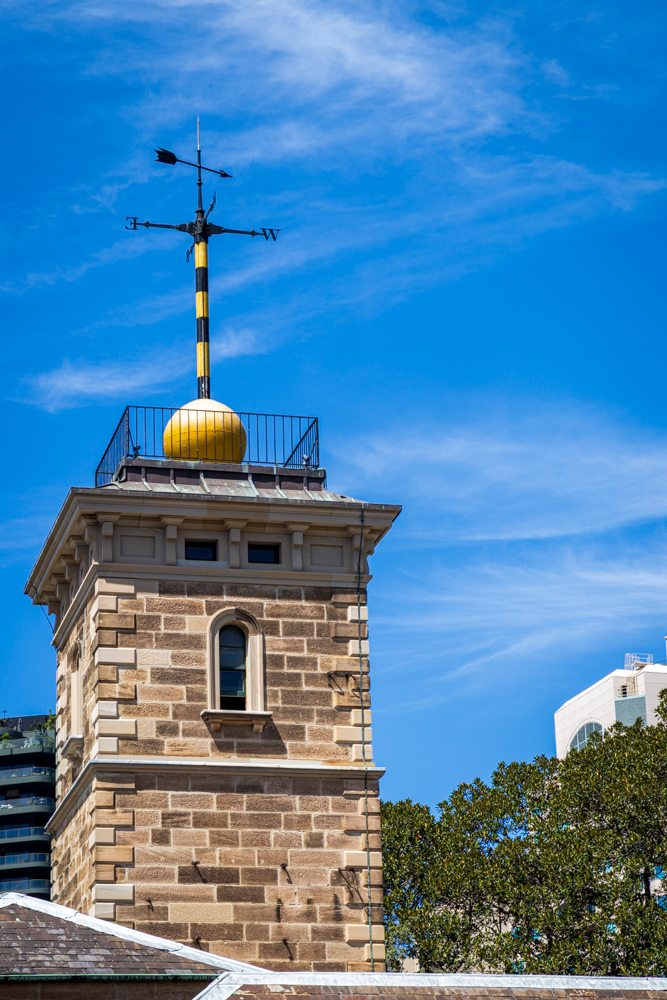
It remains a working weather station and observatory.
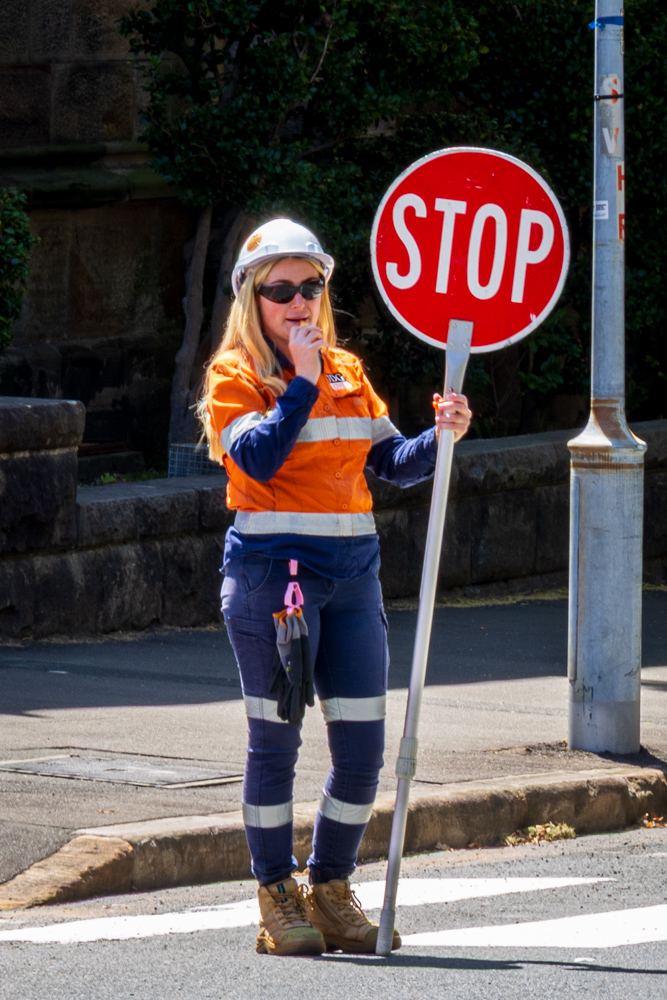
This woman touches up her lipstick while directing traffic.
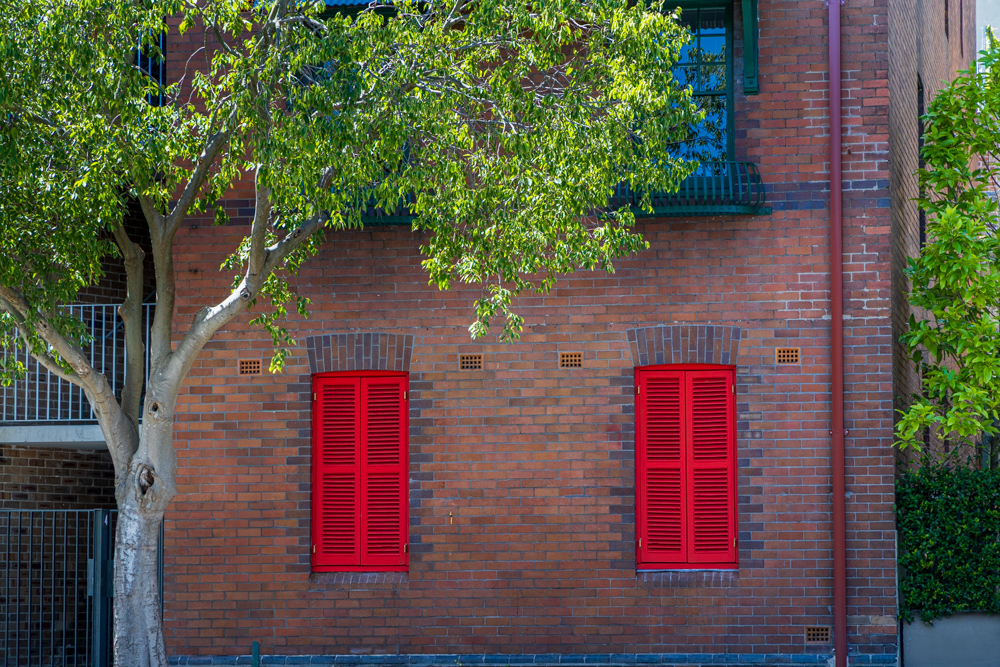
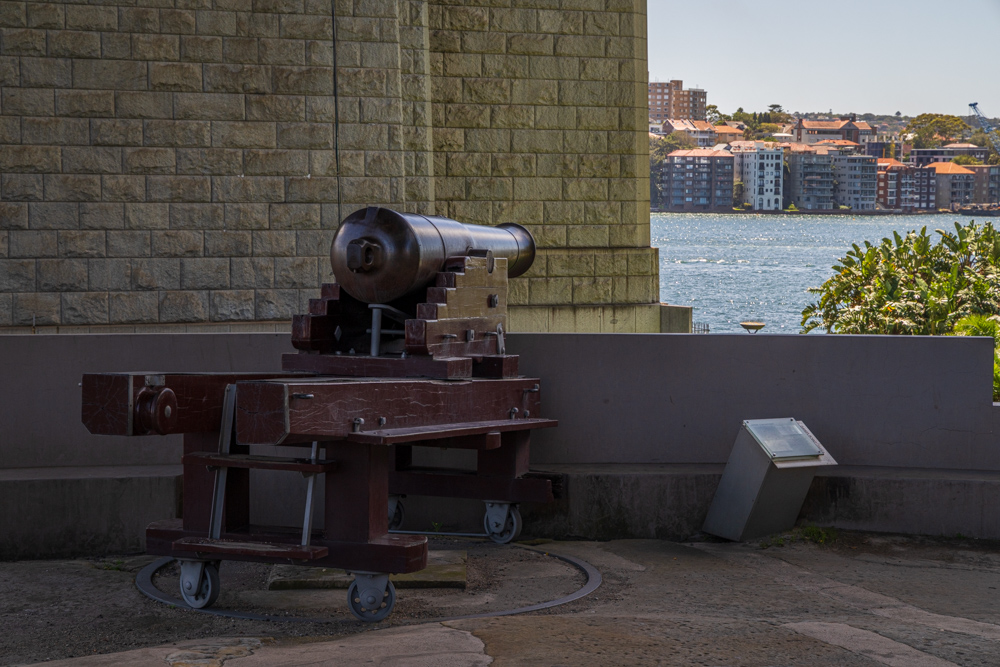
The first known building to be constructed on the site was an observatory constructed in early 1788, by Lieutenant William Dawes, of the Royal Marines. The first guns came from HMS Sirius, which wrecked at Norfolk Island the year before. A dispute in 1790, between Spain and Britain, led to fear of a Spanish attack, and motivated the project.
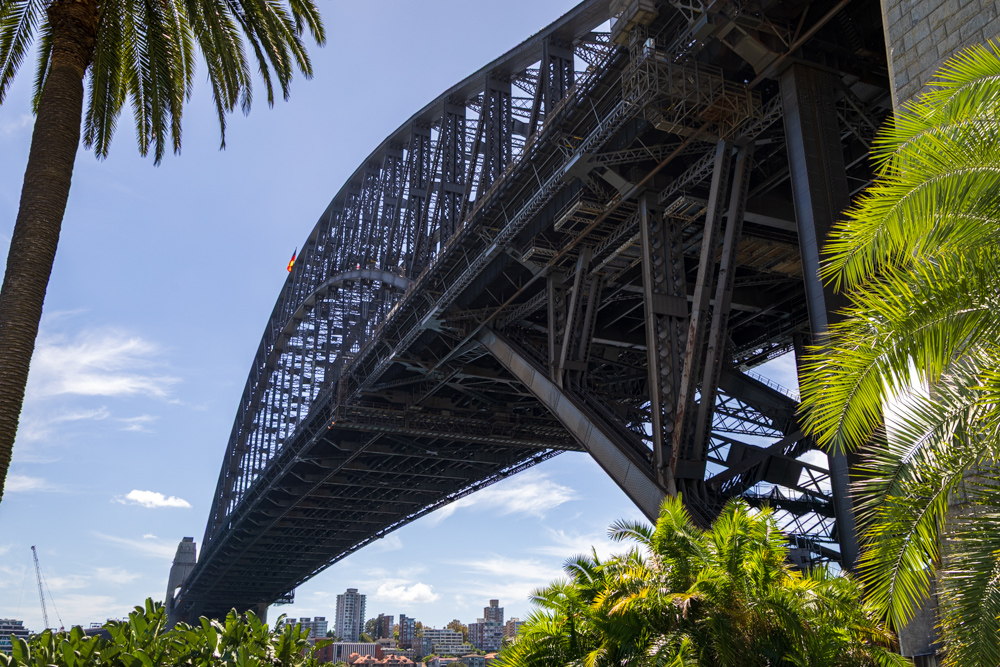
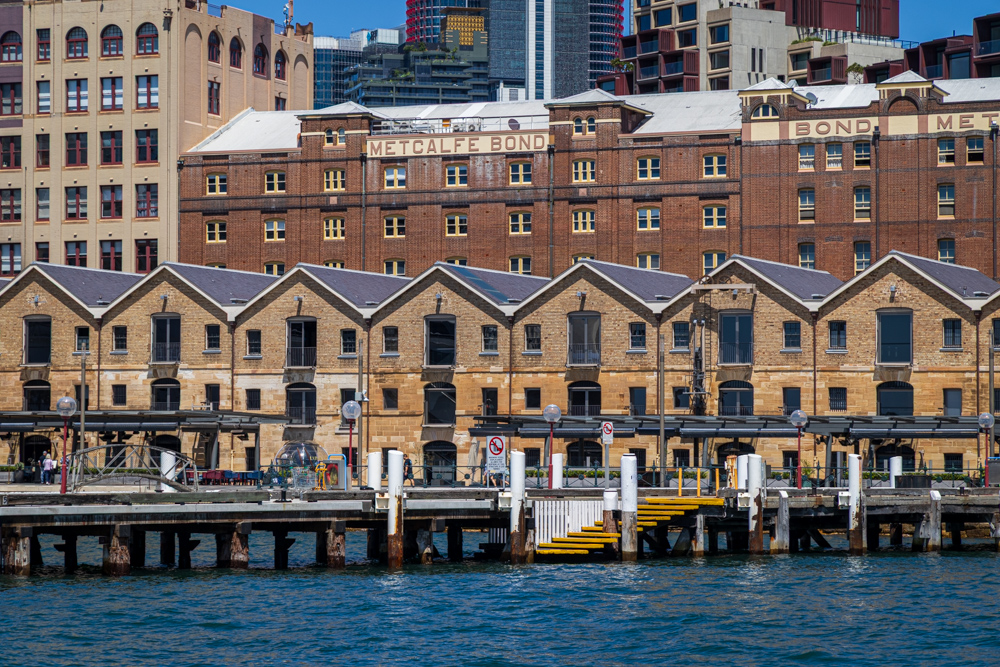
Robert Campbell was born in Scotland and went to India in 1798, to join his elder brother in the Calcutta business partnership of Campbell and Co. The firm sent a speculative cargo to Sydney Cove in 1796. The family controlled land near this spot for several generations.
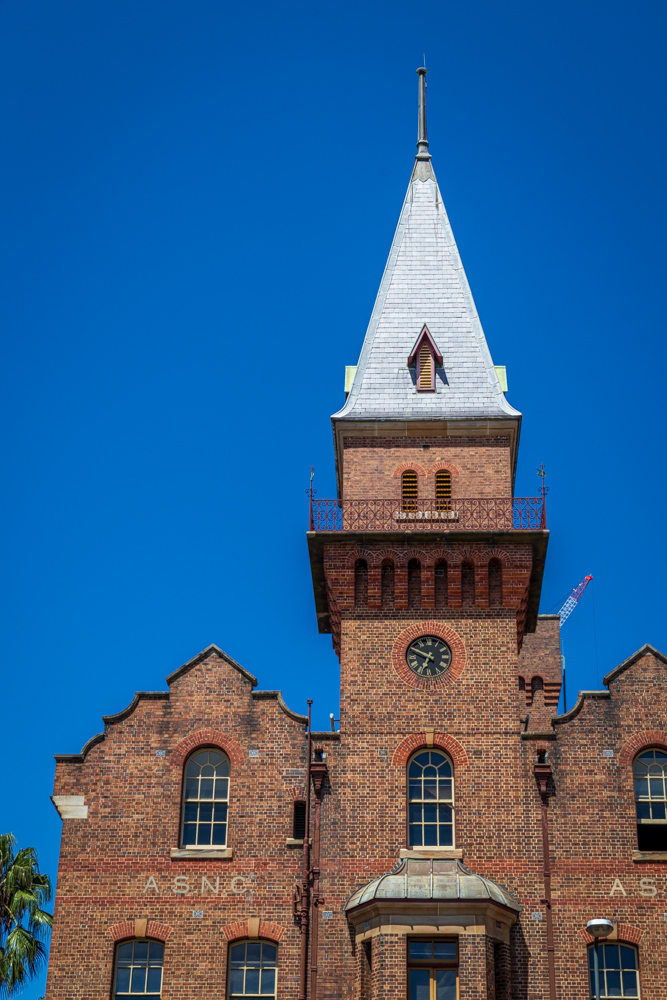
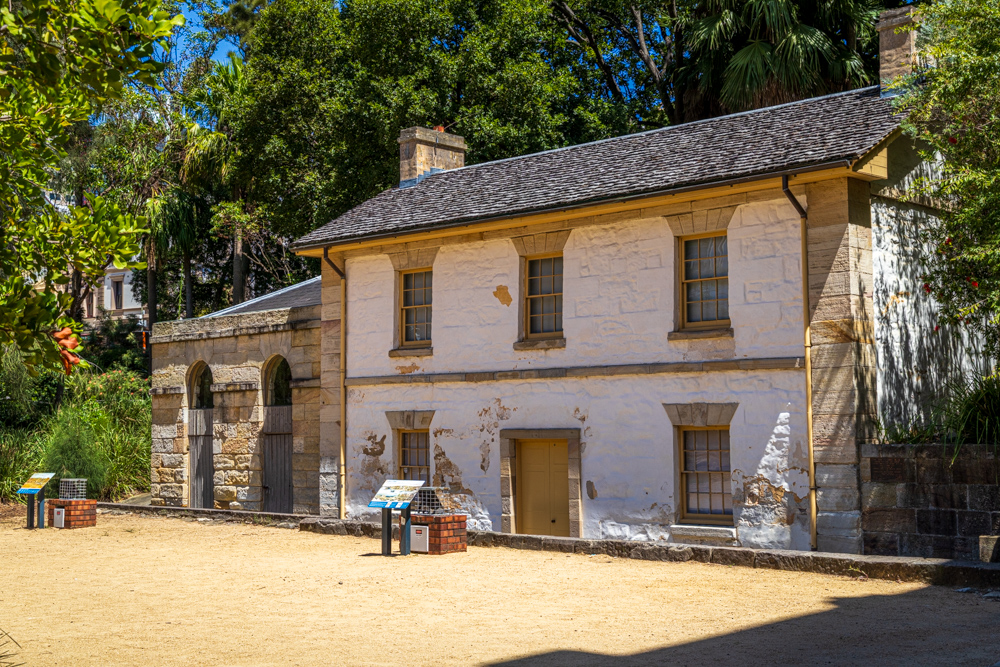
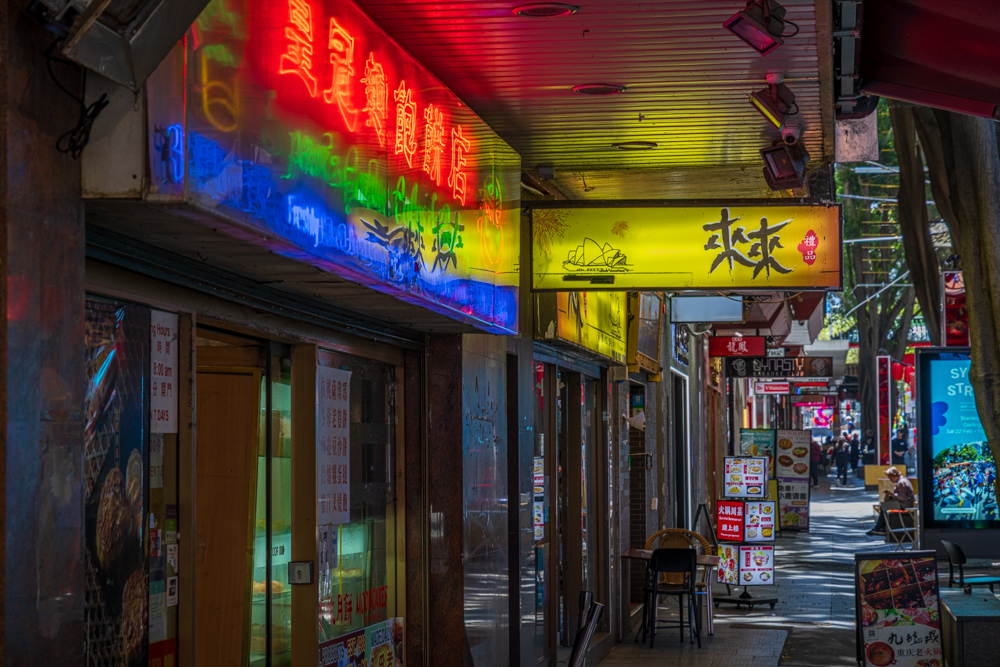
Quick walk about and snap a few pictures.
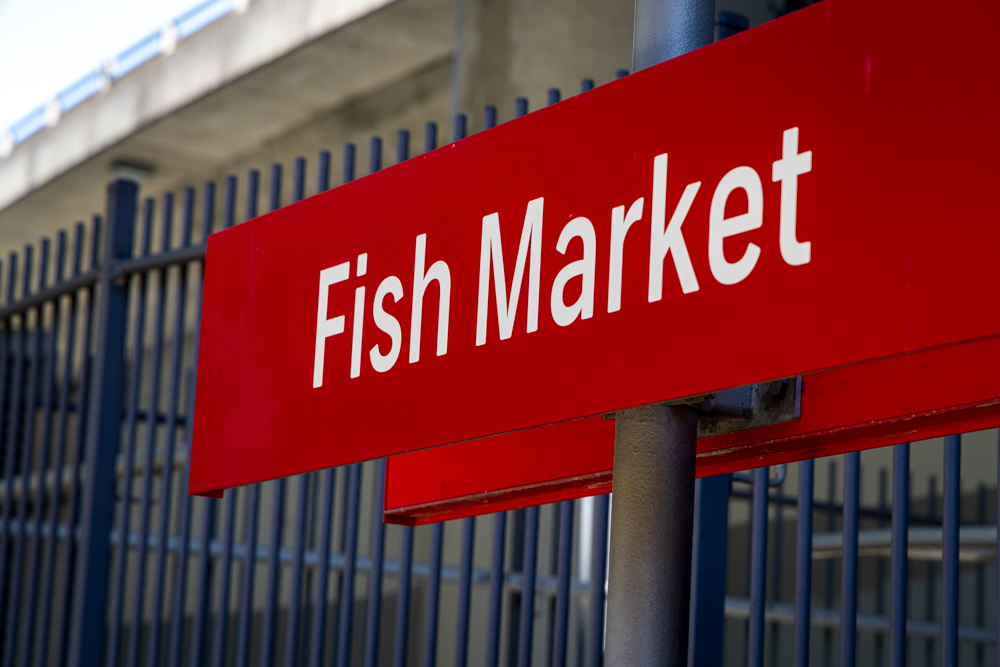
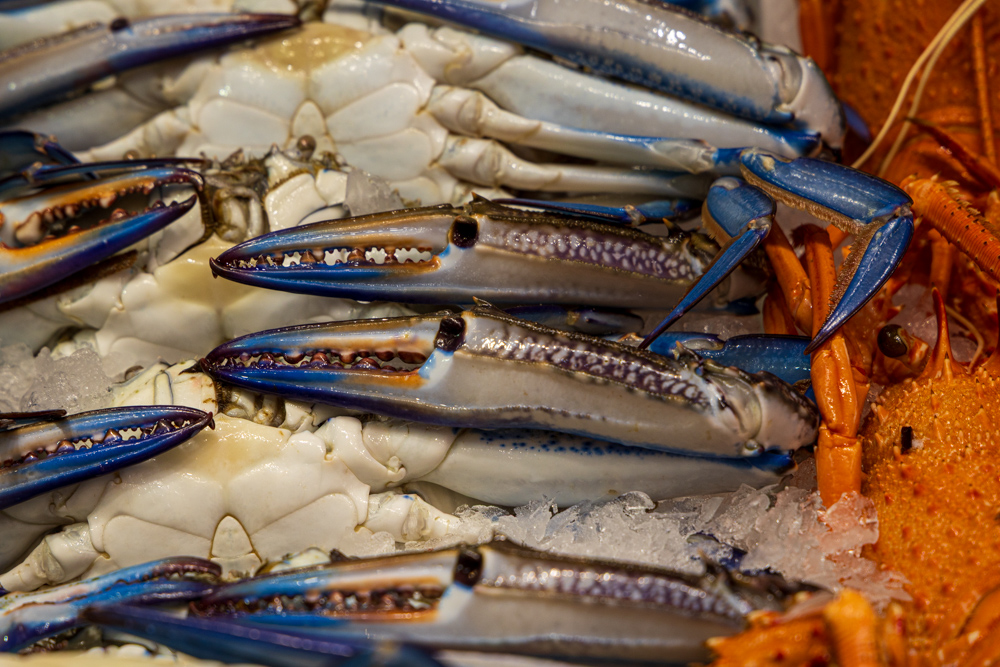
The fish market was established at the current location in 1966.
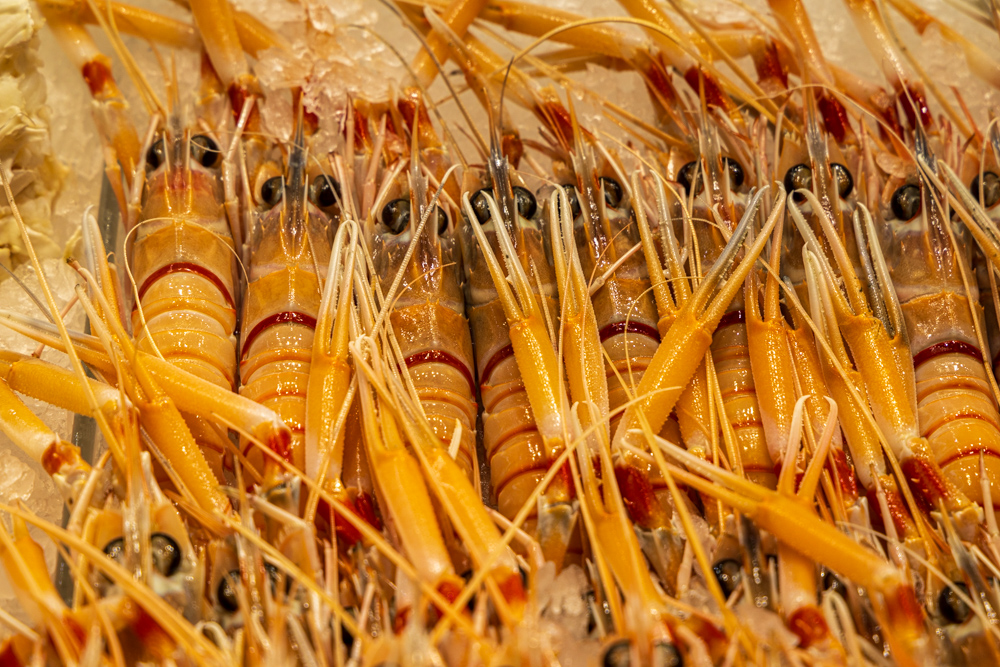
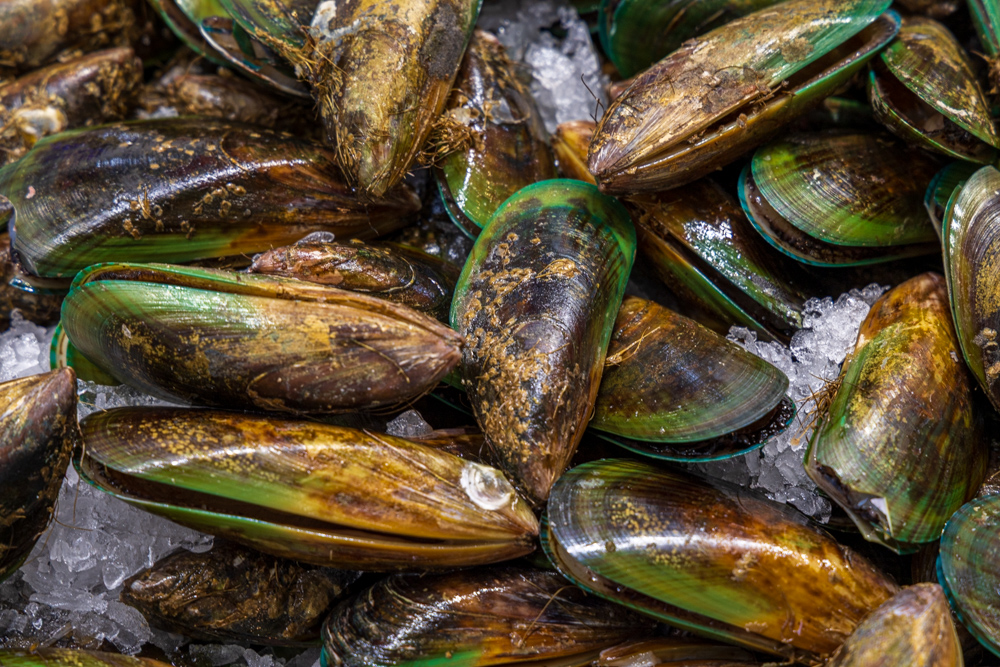
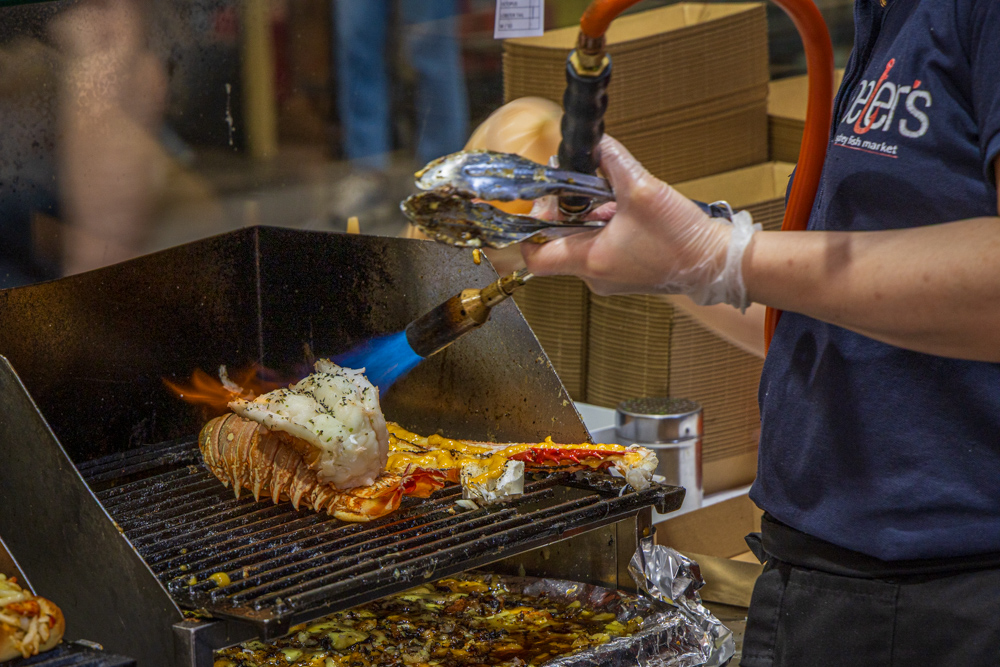
It was delicious.
The use of a blow torch to cook lobster.
